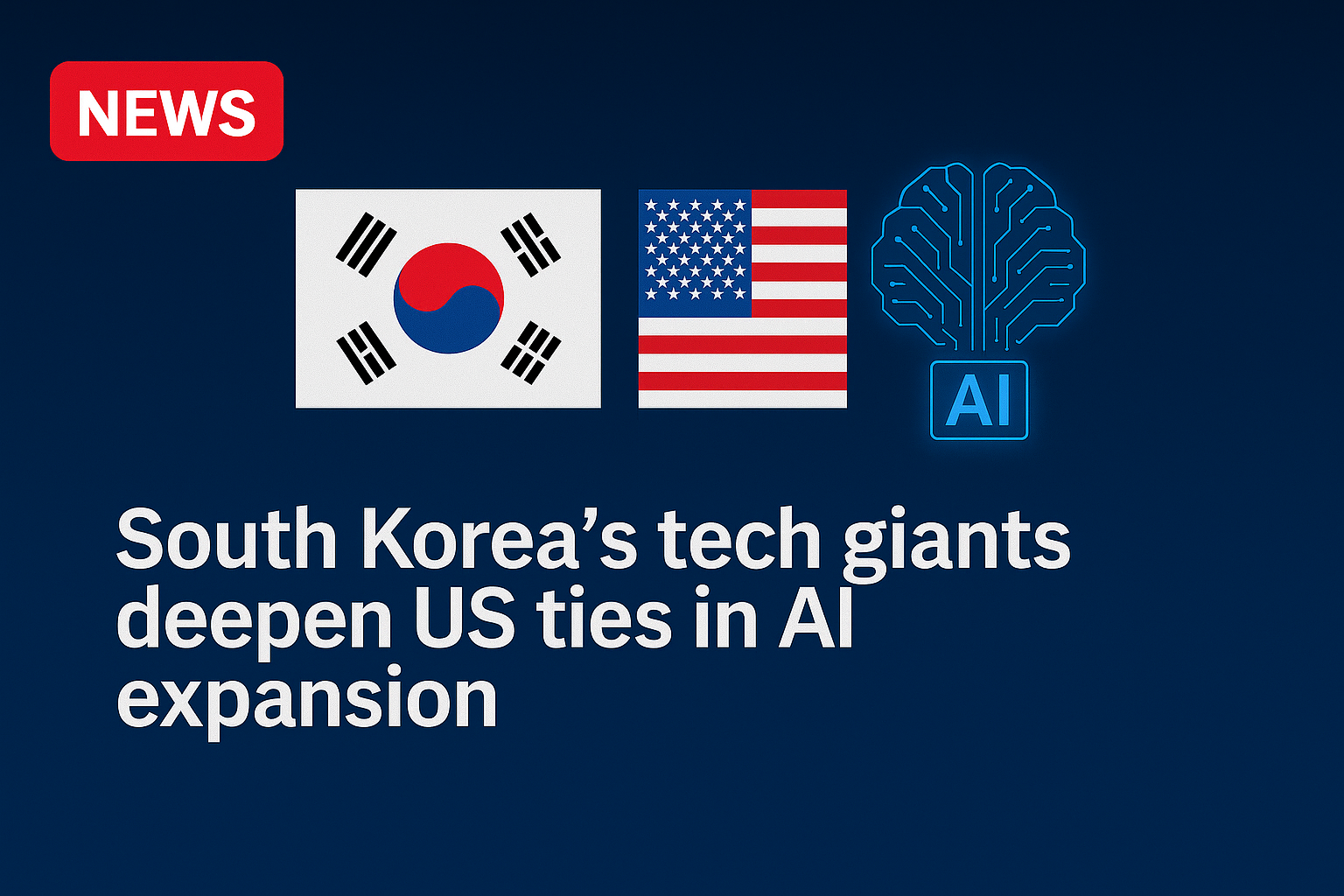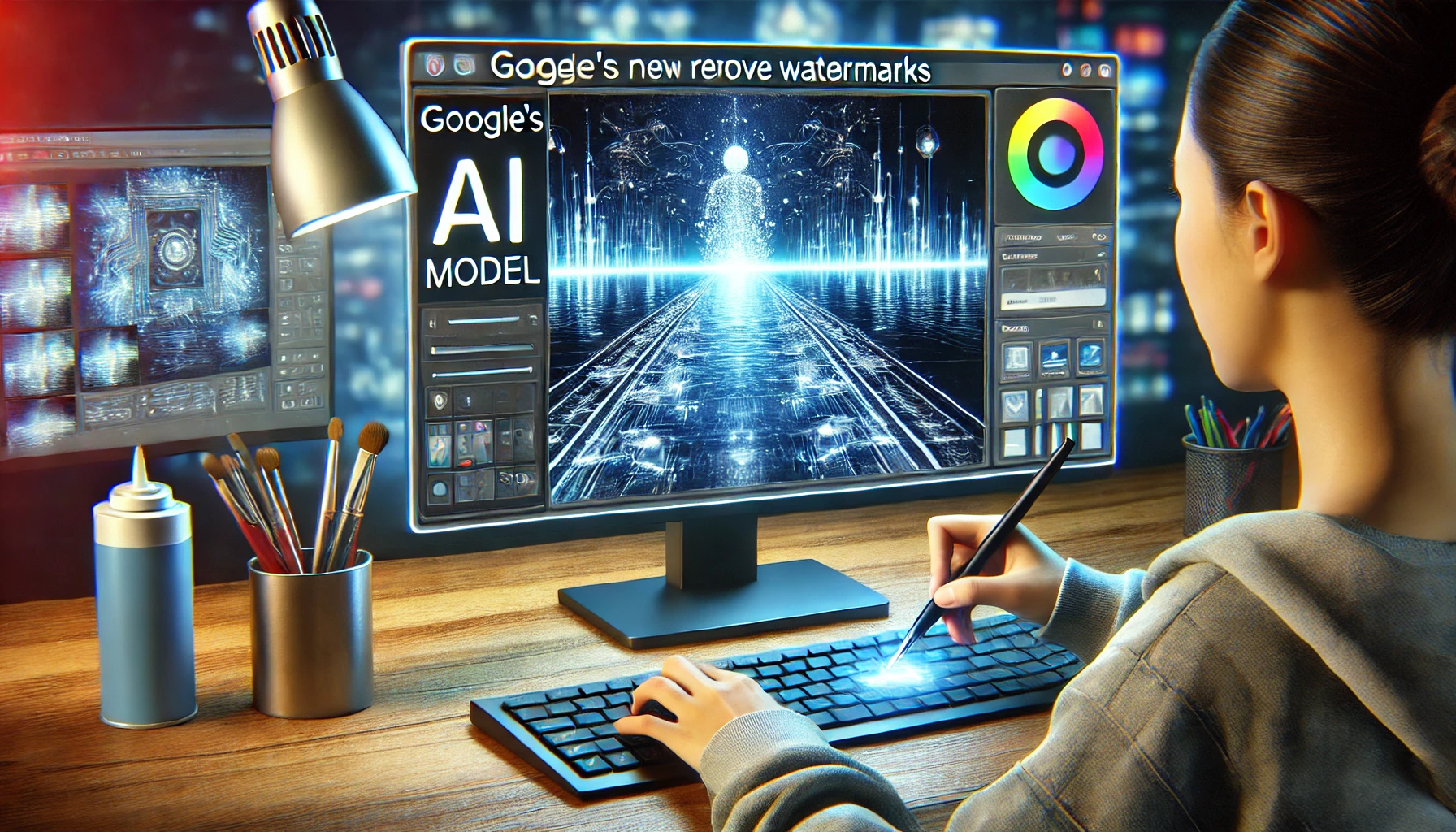
During Nvidia’s third-quarter earnings presentation on Thursday (Nov. 19), CEO Jensen Huang pushed back on the idea that artificial intelligence (AI) spending is overheated.
“There’s been a lot of talk about an AI bubble. From our vantage point, we see something very different,” he said.
Huang added that Nvidia is operating through “three massive platform shifts at once” as companies move from traditional computing to accelerated computing, from classical machine learning to generative AI, and now toward agentic systems that perform multistep tasks.
His remarks came as Nvidia reported another record quarter on Wednesday (Nov. 19) as demand for AI infrastructure continued to build across cloud platforms, enterprises and model builders. Revenue reached $57 billion, up 62% from a year earlier, driven by large-scale investments in training and running new AI systems.
CFO Colette Kress said cloud providers “remain sold out,” with fleets of Nvidia GPUs operating at high utilization as customers deploy larger models and new agentic applications.
“We delivered another outstanding quarter, and we’re continuing to see momentum across every part of the business,” Kress said. She added that Nvidia has visibility into “a half trillion dollars in Blackwell and Rubin revenue” through 2026, reflecting multiyear agreements and expansion plans.
Rubin, the successor to Blackwell in Nvidia’s standard upgrade cycle, remains scheduled for the second half of 2026. The company positioned it as the next step in its annual cadence, with Blackwell continuing to drive near-term deployments.
Beyond hyperscalers and model builders, Nvidia said more enterprises are transitioning AI systems from pilots to everyday use. Huang cited how RBC is using agentic systems to shorten analyst report generation, Lowe’s is applying AI to supply-chain visibility, Unilever is accelerating content development, and Salesforce is reporting productivity gains in new code development.
Large software platforms including ServiceNow, SAP and CrowdStrike have also integrated Nvidia’s AI stack across their enterprise products, creating steadier consumption patterns as customers adopt these applications. Huang said the move toward agentic AI, where systems perform multistep tasks with reasoning and memory, is driving deeper compute needs and longer-running workloads across sectors.
Huang emphasized supply chain planning as a central factor in supporting growth. He said the company has been coordinating with fabrication, memory, packaging and system-assembly partners “for many years,” enabling it to secure components ahead of broader industry constraints. He said suppliers can “take it to the bank,” referring to Nvidia’s balance sheet and ability to make long-term commitments. This coordination, he said, helps customers scale deployments without major delays.
Kress said the company expects cost pressures heading into fiscal 2027 but is working to keep margins stable. Input costs for components and manufacturing are rising, she said, but cost improvements, mix and cycle-time reduction are expected to offset part of the increase.
Nvidia said it is targeting gross margins in the mid-70% range next year, similar to current levels. Operating expenses will continue to grow as engineering and product teams expand to support new architectures and software.
What Else Stood Out
- Nvidia said announced and in-progress projects now cover about 5 million GPUs, including Saudi Arabia’s 400,000-600,000 GPU agreement, Lilly’s drug-discovery AI factory and multiple gigawatt-scale programs at hyperscalers and sovereign-cloud customers.
- Manufacturers and automakers including Caterpillar, Toyota, TSMC and Foxconn expanded their use of Nvidia digital-twin tools to model factories, production lines and logistics flows before deployment.
- Networking demand grew as Meta, Microsoft, Oracle and xAI adopted Spectrum-X Ethernet switches for new AI clusters and early gigawatt-scale designs.
- Robotics firms such as Agility Robotics, Amazon Robotics, Figure and Skild AI expanded use of Nvidia’s physical-AI tools to train and run robots for movement, inspection and warehouse tasks.
- Model builders including OpenAI, Anthropic, Mistral and xAI expanded technical partnerships; Anthropic’s agreement as covered by PYMNTS includes up to one gigawatt of compute capacity on Grace Blackwell and future Rubin systems.
Revenue reached $57 billion, up 62% year over year, with growth across cloud AI training, enterprise adoption and next-generation model builders. Data center revenue rose 66% to $51 billion. Gaming revenue reached $4.3 billion. The company expects $65 billion in revenue for the current quarter.
Source: https://www.pymnts.com/




